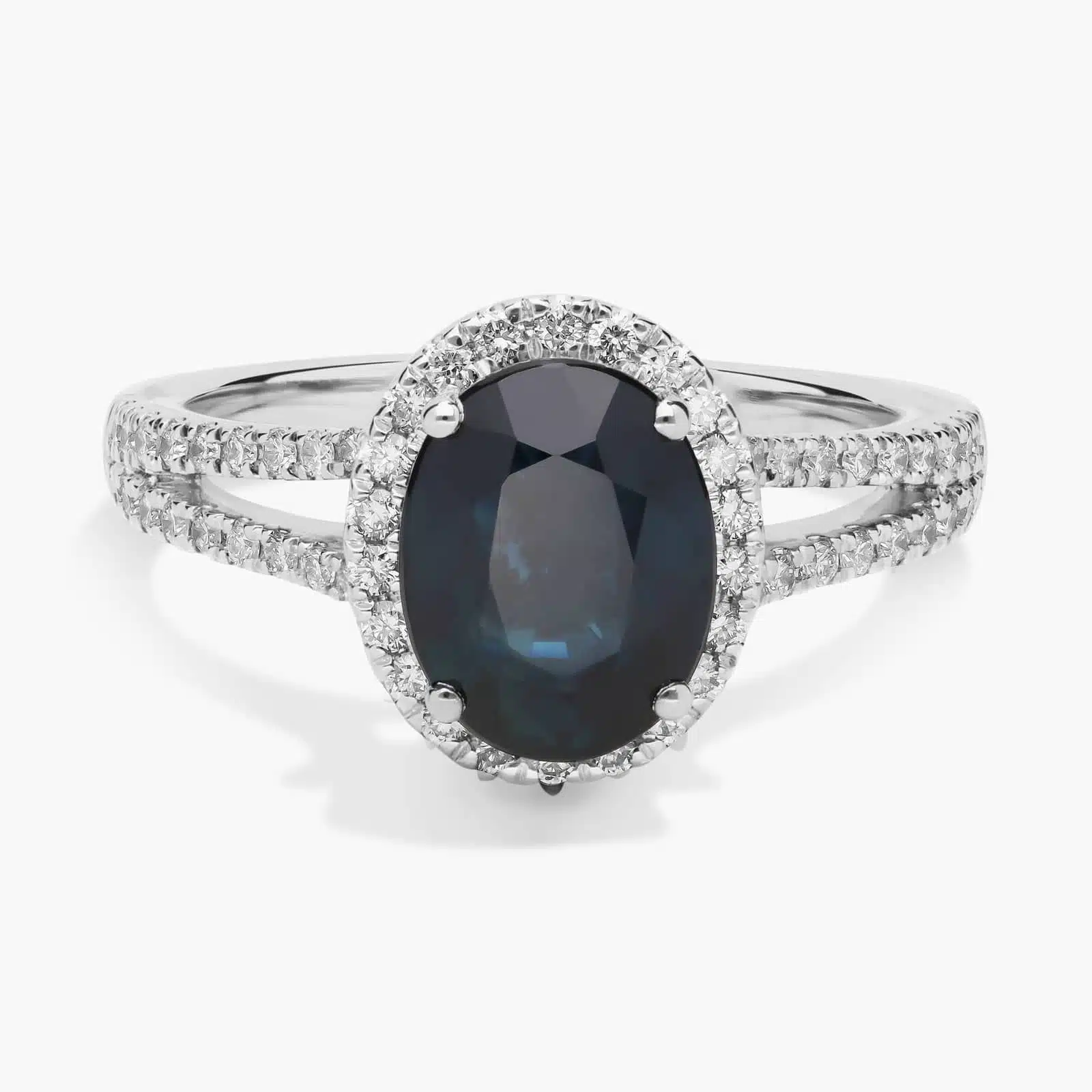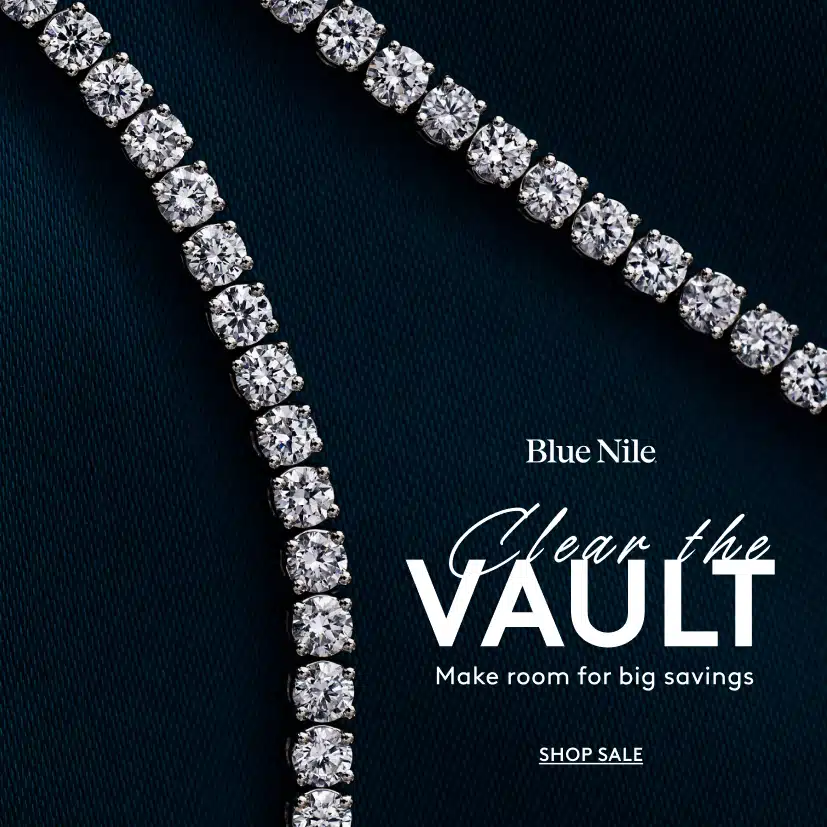Are you wondering how to buy physical gold bar in USA but don’t know where to begin? You’re not alone. Buying physical gold can feel overwhelming, especially if it’s your first time. But don’t worry—this guide is here to simplify the process for you.
Investing in physical gold is one of the most reliable ways to secure your financial future. It’s a tangible asset that has stood the test of time, offering stability in uncertain economic climates.
Whether you’re planning to diversify your portfolio or simply want a safe and enduring investment, gold bars are an excellent choice.
In this guide, we’ll walk you through every step of the process, share insider tips, and answer the most common questions. By the end, you’ll have all the knowledge you need to confidently buy physical gold bars in the USA. Let’s get started!
- Why Buy Physical Gold Bar in USA?
- Steps on How to Buy Physical Gold Bar in USA
- Common Myths About How to Buy Physical Gold Bar in USA
- Expert Tips on How to Buy Physical Gold Bar in USA
- Social and Environmental Considerations
- Comparison of Gold Bar Sizes and Costs in the USA (2025)
- FAQ's about how to buy physical gold bar in USA
- Conclusion
Why Buy Physical Gold Bar in USA?
Investing in physical gold bars offers several advantages over other assets. Let’s explore these benefits:
Benefits of Investing in Physical Gold Bars
- Tangible and Durable Asset: Gold bars are physical items you can hold and store, providing a sense of security. They are durable and do not degrade over time.
- Hedge Against Inflation: Gold often retains its value even when the dollar weakens or during periods of inflation, serving as a protective hedge.
- Long-Term Investment Value: Historically, gold prices have shown an upward trend, making it a reliable store of wealth over the long term.
Historical Gold Price Trends
Over the past two decades, gold prices have demonstrated significant growth, reflecting its enduring value as an investment. Here’s a detailed look:
| Year | Average Price per Ounce (USD) | Notable Events |
|---|---|---|
| 2000 | $279 | Dot-com bubble burst |
| 2005 | $513 | Rising demand in emerging markets |
| 2010 | $1,224 | Post-2008 financial crisis recovery |
| 2015 | $1,160 | Stabilization after 2011 peak |
| 2020 | $1,769 | COVID-19 pandemic impact |
| 2023 | $1,900+ | Inflation concerns and geopolitical tensions |
Data sourced from historical gold price records.
This consistent increase underscores gold’s role as a stable and appreciating asset, especially during economic uncertainties.
Steps on How to Buy Physical Gold Bar in USA
Buying physical gold bars involves careful planning and informed decision-making. Follow these steps to ensure a safe and profitable purchase:
Step 1: Research Reputable Gold Dealers
Start by identifying trustworthy dealers. Not all gold sellers are created equal, and working with a certified dealer is critical for avoiding counterfeit products or unfair prices.
- Why Choose Certified Dealers?
- Certified dealers provide documentation and guarantees of authenticity.
- They adhere to industry standards set by organizations like the London Bullion Market Association (LBMA) or COMEX.
- Where to Buy Gold Bars?
- Government Dealers: The U.S. Mint offers gold bars with guaranteed purity and quality.
- Private Dealers: Companies like JM Bullion, APMEX, and Kitco are trusted names in the industry.
- Local Dealers: Visit local coin shops, but verify their credentials and ask about buy-back policies.
“Think of your gold dealer as a financial partner, not just a seller. A good dealer should educate you on every aspect of the process.” – Gold Expert Mark Jensen
Step 2: Understand Gold Bar Types and Purity
Knowing the different types of gold bars and their purity levels helps you choose the right option for your needs.
- Types of Gold Bars
- Cast Bars: Produced by pouring molten gold into molds. They have a rugged, traditional look and are usually cheaper due to simpler production.
- Minted Bars: Precision-cut from gold sheets, these bars are polished and feature a refined appearance with detailed engravings.
- Purity Measurements
- 24k Gold (99.9% Pure): The purest form, ideal for investment purposes.
- 22k Gold (91.6% Pure): Mixed with other metals for durability, often used in jewelry but less common in bars.
“Always check for markings like the purity stamp and the refiner’s logo. These details are your gold bar’s passport.” – Certified Bullion Specialist, Anna Peters
Step 3: Compare Prices and Premiums
Pricing transparency is essential to avoid overpaying. Gold bars are sold at the spot price (market price of gold) plus a premium (dealer markup).
- How to Compare Prices:
- Use trusted sources like Kitco or GoldPrice.org for real-time spot prices.
- Compare premiums between dealers; these typically range from 2%-5% of the spot price.
- Factors Affecting Premiums:
- Bar size: Smaller bars (e.g., 1 oz) have higher premiums due to production costs.
- Brand reputation: Recognized brands like PAMP Suisse or Credit Suisse often come with higher premiums.
Step 4: Verify Certification and Authenticity
Ensuring the authenticity of your gold bars is non-negotiable. Here’s how to confirm your investment is genuine:
- Check for Certifications
- Look for documentation from reputable refiners such as:
- LBMA-approved refiners (e.g., PAMP Suisse, Valcambi).
- COMEX-compliant dealers.
- Look for documentation from reputable refiners such as:
- Verify Authenticity Features
- Serial Numbers: Each gold bar should have a unique serial number.
- Holographic Seals: Some premium bars include tamper-proof packaging with holograms.
- Assay Certificates: These guarantee the bar’s weight and purity.
“A real gold bar is like a fingerprint—it’s unique and verifiable. Never skip the verification process.” – James Carter, Gold Authentication Expert
Step 5: Choose a Safe Storage Option
Proper storage protects your gold investment from theft and environmental damage.
- Storage Options
- Home Safes
- Pros: Full control and immediate access.
- Cons: Risk of theft without adequate security measures.
- Bank Lockers
- Pros: High security, insurance options.
- Cons: Limited access during non-business hours.
- Third-Party Vaults
- Pros: Professional-grade security, often insured.
- Cons: Annual fees may apply.
- Home Safes
Comparison Table: Storage Methods
| Storage Option | Pros | Cons | Cost |
|---|---|---|---|
| Home Safe | Immediate access, low cost | Security risk without robust setup | ~$200-$1,000+ |
| Bank Locker | Highly secure, insurance options | Limited access hours | ~$100-$300/year |
| Third-Party Vault | Professional security, insured | Ongoing fees | ~$50-$500/year |
By following these steps, you can confidently navigate the process of buying physical gold bars in the USA. Remember, investing in gold isn’t just about the purchase—it’s about securing your financial future.
Common Myths About How to Buy Physical Gold Bar in USA
When it comes to buying physical gold bars, misinformation can create unnecessary fear or confusion. Let’s debunk some common myths so you can make informed decisions with confidence.
Myth 1: Online Gold Purchases Are Risky
Many believe that buying gold online is unsafe, but with the right precautions, it’s one of the most convenient ways to invest in physical gold.
- How to Safely Buy Gold Online:
- Stick to verified and reputable dealers with strong customer reviews and accreditations (e.g., JM Bullion, APMEX).
- Look for certifications like LBMA approval or COMEX compliance on the dealer’s website.
- Always choose websites with secure payment options and SSL encryption.
- Check for a clear buy-back policy to ensure resale flexibility.
- Pro Tip from Experts:
“Trust but verify. A legitimate online dealer will never hesitate to provide proof of authenticity and certifications.” – Sarah Lang, Precious Metals Specialist - Extra Safety Tips:
- Use credit cards for additional fraud protection.
- Avoid suspiciously low prices; they may indicate counterfeit gold.
Myth 2: Physical Gold is Too Expensive for Beginners
Gold bars may seem out of reach for beginners, but they come in a range of sizes and prices to suit different budgets.
- Affordable Gold Bar Options:
- 1-gram Gold Bars: Ideal for beginners; costs range between $80-$100 (based on current gold prices).
- 1-Ounce Gold Bars: A popular choice for new investors; costs approximately $1,900 (at today’s rates).
- Fractional Gold Bars: Split bars (e.g., 1/10 oz) allow for incremental investments.
- Why Smaller Bars Work for Beginners:
- Lower upfront cost makes it easier to get started.
- Easier to liquidate compared to larger bars.
- Lower premiums on some fractional bars from reputable brands.
“Think of gold like a savings account. Start small, stay consistent, and watch your portfolio grow.” – Mark Jensen, Gold Investment Advisor
Myth 3: All Gold Bars Have the Same Value
Not all gold bars are equal in value. Factors like size, purity, and brand reputation can significantly affect their worth.
- What Influences Gold Bar Value?:
- Size: Larger bars (e.g., 1 kg) have lower premiums but are harder to liquidate compared to smaller bars.
- Purity: A 24k gold bar (99.9% purity) is more valuable than a 22k bar due to higher gold content.
- Brand Reputation: Bars from well-known brands like PAMP Suisse or Credit Suisse often command higher premiums due to their global recognition.
- Key Tip:
- Always opt for bars with certifications and clear markings of weight, purity, and brand logo.
- Expert Tips:
“Reputation matters in the gold market. A gold bar from a renowned refiner carries trust, which adds to its resale value.” – James Carter, Gold Market Analyst
By understanding these myths and the facts behind them, you can confidently explore the gold market and make informed investment decisions. Remember, the key is to research, verify, and start at a level you’re comfortable with.
Expert Tips on How to Buy Physical Gold Bar in USA
Buying physical gold bars is an excellent investment, but making the most of your purchase requires careful planning and insight. Here are some expert-backed tips to help you buy with confidence and avoid costly mistakes.
Spotting Counterfeit Gold
With the rise in counterfeit gold, knowing how to verify authenticity is crucial.
- Key Indicators of Authenticity:
- Weight and Dimensions: Genuine gold bars have precise measurements; use a scale and caliper to verify.
- Magnet Test: Gold is non-magnetic. If the bar reacts to a magnet, it’s likely fake.
- Ultrasound Testing: Some dealers use sound waves to ensure the density matches real gold.
- Pro Tip:
“Always buy from certified dealers and insist on assay certificates. These documents validate your gold’s authenticity.” – Anna Peters, Certified Gold Analyst - Real-World Example:
- In 2020, a batch of counterfeit gold bars surfaced in Switzerland. Experts highlighted that purchasing from reputable brands like PAMP Suisse and using certified dealers are key to avoiding such issues. (source: Reuters)
Timing Purchases Based on Gold Price Trends
Gold prices fluctuate based on market conditions, and timing your purchase can maximize returns.
- When to Buy:
- Prices tend to dip during periods of economic stability.
- Monitor seasonal trends; gold prices often rise in the fall and early winter due to increased demand.
- Tracking Price Trends:
- Use tools like Kitco’s Gold Price Charts or Gold.org’s Market Insights to monitor real-time data.
- Follow news on global economic factors, such as inflation rates and geopolitical tensions, which directly impact gold prices.
- Expert Insight:
“The best time to buy gold isn’t about predicting the market but understanding your financial goals. Focus on consistency rather than perfect timing.” – Mark Jensen, Gold Investment Strategist
Building a Diversified Gold Portfolio
Diversification within your gold investments can reduce risk and improve returns.
- Ways to Diversify:
- Invest in different bar sizes (e.g., 1 oz, 10 oz, 1 kg) for flexibility.
- Include gold coins for smaller, more liquid investments.
- Allocate a portion to allocated gold storage to spread risk geographically.
- Why It Matters:
- Diversifying protects against price volatility in specific categories.
- Smaller investments are easier to liquidate during emergencies, while larger bars offer lower premiums.
- Expert’s Word:
“A well-diversified gold portfolio is like a safety net—it balances liquidity and long-term growth.” – Sarah Lang, Portfolio Advisor for Precious Metals
By applying these expert tips, you can navigate the gold market with confidence and secure your investment. The key is to stay informed, buy from reputable sources, and approach your purchase with a clear strategy. As gold expert James Carter puts it, “Gold is not just an asset; it’s a foundation of wealth when bought wisely.”
Social and Environmental Considerations
When buying physical gold bars, it’s important to consider the ethical and environmental impact of your investment. Choose dealers who source gold responsibly and avoid conflict gold, which is linked to human rights violations and environmental damage.
Look for certifications like the Responsible Gold Certificate, ensuring that the gold has been mined without exploitation.
Additionally, sustainable mining practices are becoming more common, with companies focusing on reducing carbon footprints and restoring ecosystems.
By supporting these ethical sources, you’re investing in gold that aligns with your values while helping to promote more responsible industry practices.
Comparison of Gold Bar Sizes and Costs in the USA (2025)
An infographic or table comparing the different gold bar sizes and their approximate costs for 2024 would help potential buyers make informed decisions based on their budget and investment goals. Below is a fact-checked breakdown of popular gold bar sizes and their associated costs.
Comparison of Gold Bar Sizes and Approximate Costs in the USA (2025)
| Gold Bar Size | Weight | Approximate Cost (USD) | Cost per Ounce (USD) | Notes |
|---|---|---|---|---|
| 1 oz Gold Bar | 31.1 grams | $1,900 – $2,000 | $1,900 – $2,000 | Popular among small investors, lower premium |
| 10 oz Gold Bar | 311.1 grams | $18,500 – $19,500 | $1,850 – $1,950 | Higher volume, lower premium per ounce |
| 1 kg Gold Bar | 1,000 grams | $60,000 – $63,000 | $1,850 – $1,950 | Large investment, lowest premium per ounce |
- 1 oz Gold Bars: Ideal for first-time buyers or those looking to invest in smaller amounts of gold. The price of these bars is more sensitive to premiums due to their smaller size. The cost per ounce can vary, with a typical premium added by dealers.
- 10 oz Gold Bars: A popular choice for serious investors looking for a balance between size and premium cost. While the upfront cost is higher than 1 oz bars, the cost per ounce tends to be slightly lower due to the larger size.
- 1 kg Gold Bars: This is the most economical option in terms of cost per ounce, but it requires a significant upfront investment. Ideal for seasoned investors who are looking for a large, long-term holding. These bars are typically easier to store and often come from trusted refiners.
Key Takeaways:
- Smaller bars (like 1 oz) come with higher premiums but offer more flexibility for new investors.
- Larger bars (10 oz, 1 kg) are more cost-effective per ounce but require larger capital.
- Price fluctuation: Gold prices fluctuate regularly, so costs can change based on market conditions. Always check real-time gold prices from trusted sources like Kitco or GoldPrice.org.
FAQ’s about how to buy physical gold bar in USA
Q: Where can I buy physical gold bars in the USA?
Ans: You have several reliable options for purchasing physical gold bars in the USA. Each method comes with its own set of advantages and considerations.
- Authorized Dealers: Dealers like JM Bullion, APMEX, and Kitco are among the most trusted in the industry. They provide a wide range of gold bar sizes and are certified by organizations like the LBMA (London Bullion Market Association).
- Online Retailers: Websites such as BullionVault or GoldSilver.com allow you to buy gold bars securely from the comfort of your home. Ensure that the site has encryption and customer protections.
- Local Coin Shops: Many coin shops carry physical gold bars, but it’s important to verify their reputation before making a purchase.
- Auctions: Reputable auction houses like Heritage Auctions or Sotheby’s sometimes offer gold bars for sale, but this method requires extra caution and knowledge.
Q: How can I verify the authenticity of a gold bar?
Ans: Verifying the authenticity of your gold bar is crucial to avoid counterfeit products. There are several methods to confirm its legitimacy.
- Certification:
- Look for certificates from recognized refiners such as PAMP Suisse, Valcambi, or Credit Suisse. These documents guarantee the purity and weight of the bar.
- Weight and Dimensions:
- Gold bars have precise weights and dimensions. You can weigh the bar using a high-quality scale and measure its dimensions using calipers.
- Compare the weight to the expected weight for that size of gold bar (e.g., 1 oz should weigh approximately 31.1 grams).
- Magnet Test:
- Gold is non-magnetic, so if the bar is attracted to a magnet, it is likely a fake.
- Assay Marks and Serial Numbers:
- Authentic gold bars are stamped with the manufacturer’s logo, weight, purity (e.g., 999.9), and a serial number. Always check for these markings.
Q: Is it better to buy gold bars or coins?
Ans: Both gold bars and coins have their advantages, and the decision depends on your investment goals and personal preferences.
- Advantages of Gold Bars:
- Lower Premiums: Gold bars generally have lower premiums over spot price compared to coins, especially for larger sizes (e.g., 10 oz or 1 kg bars).
- More Efficient Storage: Bars are easier to store and transport in bulk, especially when investing large sums.
- Long-Term Investment: Ideal for long-term holders as they tend to be less liquid than coins.
- Advantages of Gold Coins:
- Higher Liquidity: Coins, especially famous ones like the American Gold Eagle or Canadian Gold Maple Leaf, are more easily recognized and can be sold or traded quickly.
- Historical and Collectible Value: Some gold coins have numismatic value in addition to their gold content, which can appreciate over time.
- Fractional Sizes: Coins are often available in smaller fractions, making it easier to start with a lower investment.
- Disadvantages:
- Coins often carry higher premiums due to their minting costs and collectible appeal.
- Bars, especially larger ones, can be harder to resell in smaller quantities.
Q: What are the tax implications of buying gold in the USA?
Ans: When purchasing physical gold in the USA, it’s important to understand the tax responsibilities that come with it.
- Sales Tax:
- Sales tax may apply depending on the state. Some states, like California and Texas, impose a sales tax on gold, while others, such as Florida and Virginia, exempt it.
- Always check the sales tax policies in your state before purchasing.
- Capital Gains Tax:
- Gold is treated as a collectible by the IRS, meaning any profits made from the sale of gold are subject to capital gains tax.
- The tax rate on gold sales can be as high as 28% for long-term holdings, which is higher than the standard rate for other investments (e.g., stocks).
- Holding gold bars for more than one year may help reduce your tax liability, as long-term capital gains tax rates apply.
- Exemptions:
- Some states like New Hampshire and Oregon do not impose sales tax on gold purchases, making them attractive options for buyers.
- If you are buying gold for use in specific industries (e.g., jewelry manufacturing), there may be exemptions available.
Q: What is the best time to buy physical gold?
Ans: The timing of your gold purchase can significantly impact your investment’s return. Here’s what to consider when deciding the best time to buy physical gold.
- Historical Trends:
- Gold Prices Tend to Rise During Economic Instability: Gold is often seen as a safe haven asset during periods of inflation, financial crises, or geopolitical uncertainty. For example, gold prices spiked during the 2008 financial crisis and in the wake of the COVID-19 pandemic.
- Seasonal Fluctuations: Historically, gold prices have risen in the fall and winter months due to increased demand for gold in markets like India and China, where gold jewelry purchases rise for festivals and holidays.
- Market Conditions:
- Inflation and Interest Rates: Gold prices tend to rise when inflation is high or interest rates are low, as it becomes a better store of value compared to fiat currencies.
- Strong Dollar vs. Weak Dollar: The value of the US dollar affects gold prices. A weaker dollar usually boosts gold prices, making it an optimal time to buy.
- General Advice:
- While timing the market can be challenging, it’s generally better to invest in gold when it’s undervalued or when the market is experiencing a dip.
- Consider dollar-cost averaging, where you invest a fixed amount in gold regularly, to avoid worrying about perfect timing.
Conclusion
Buying physical gold bars is a smart way to diversify your investment portfolio and protect your wealth. To start, follow these key steps: research reputable dealers, understand gold bar types and purity, compare prices, verify authenticity, and choose a secure storage option.
By taking a careful, informed approach, you can confidently begin your gold investment journey.
Have questions about how to buy physical gold bar in USA? Share your thoughts below or contact us for expert advice! We’re here to help you make the best investment decisions.



















